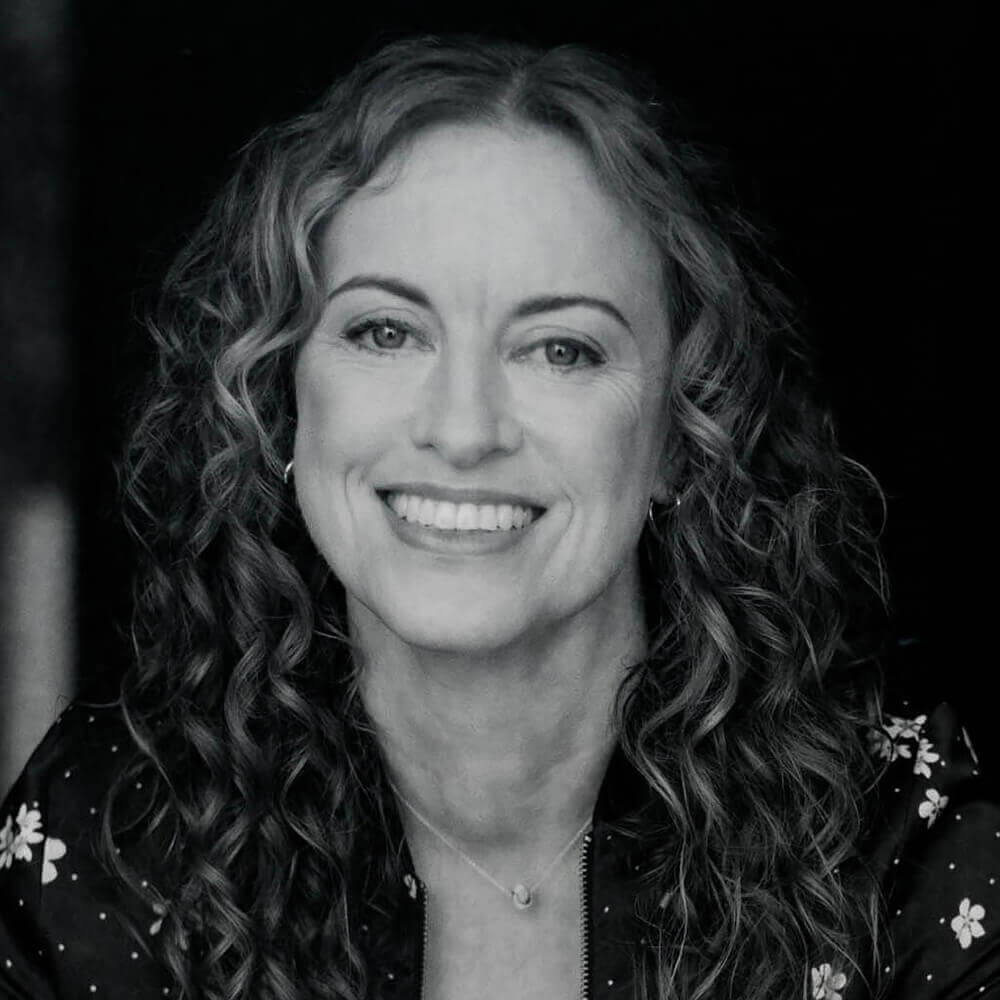Rachel Nixon is a British-Canadian fine art photographer – and former journalist – based in Vancouver.
Having lived and worked across continents and cultures, she explores issues such as a desire for connection with one’s heritage, as well as secrecy, isolation and memory. She is intrigued by the visual poetry of everyday life and intuitively seeks out images speaking to beauty and broader messages in the seemingly mundane.
In 2019, Rachel graduated with honours from the VanArts professional photography program. Since then, her work has been exhibited nationally and internationally, and she has received a number of accolades including being a four-time category winner in the Julia Margaret Cameron Awards. In 2024, she was named among Dodho Magazine’s top 100 fine art photographers.
Rachel has earned attention for her series ''The Garden of Maggie Victoria'', which revives the story of her forgotten great-grandmother through collages integrating archive and contemporary images. In 2023, the series was selected for Blue Sky Gallery’s Pacific Northwest Drawers, and designated a finalist in Critical Mass and the Royal Photographic Society’s IPE 165.
Before committing full-time to visual art, Rachel had a 20-year career as a journalist in the UK, US and Canada for the BBC, CBC and Microsoft where she developed and ran digital news services that reached millions. Her passion for storytelling, love of innovation and experimentation, and drive for excellence now extend to her photographic work.
Rachel holds a first-class degree from the University of Oxford in Modern Languages. Her wide-ranging international experience offers a unique perspective on identity, place and belonging, and the connections we share despite polarized times.
